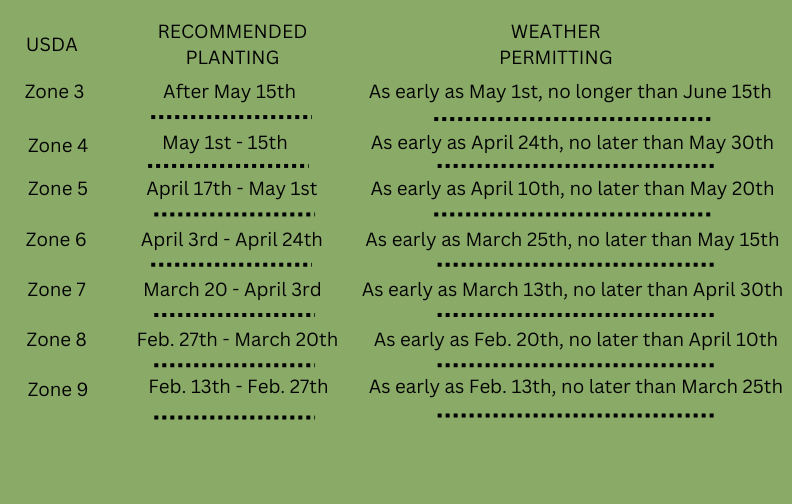| Quantity | Price |
| 1-9 | $15.50 |
| 10 + | $14.95 |
Boreal Blizzard: Developed by the University of Saskatchewan - This is one of the largest fruits to come from Saskatchewan. The fruit has excellent flavor but should be harvested soon after the fruits are ripe. The large fruit makes for faster picking in You-Pick operations. It ripens a week after Aurora or Tundra, pollinated with Boreal Beast. Boreal Blizzard’ berries weigh twice as much, and they start to drop 3 weeks after ripe. Good vigorous upright growing bush. Excellent mildew and sunscald resistance.





